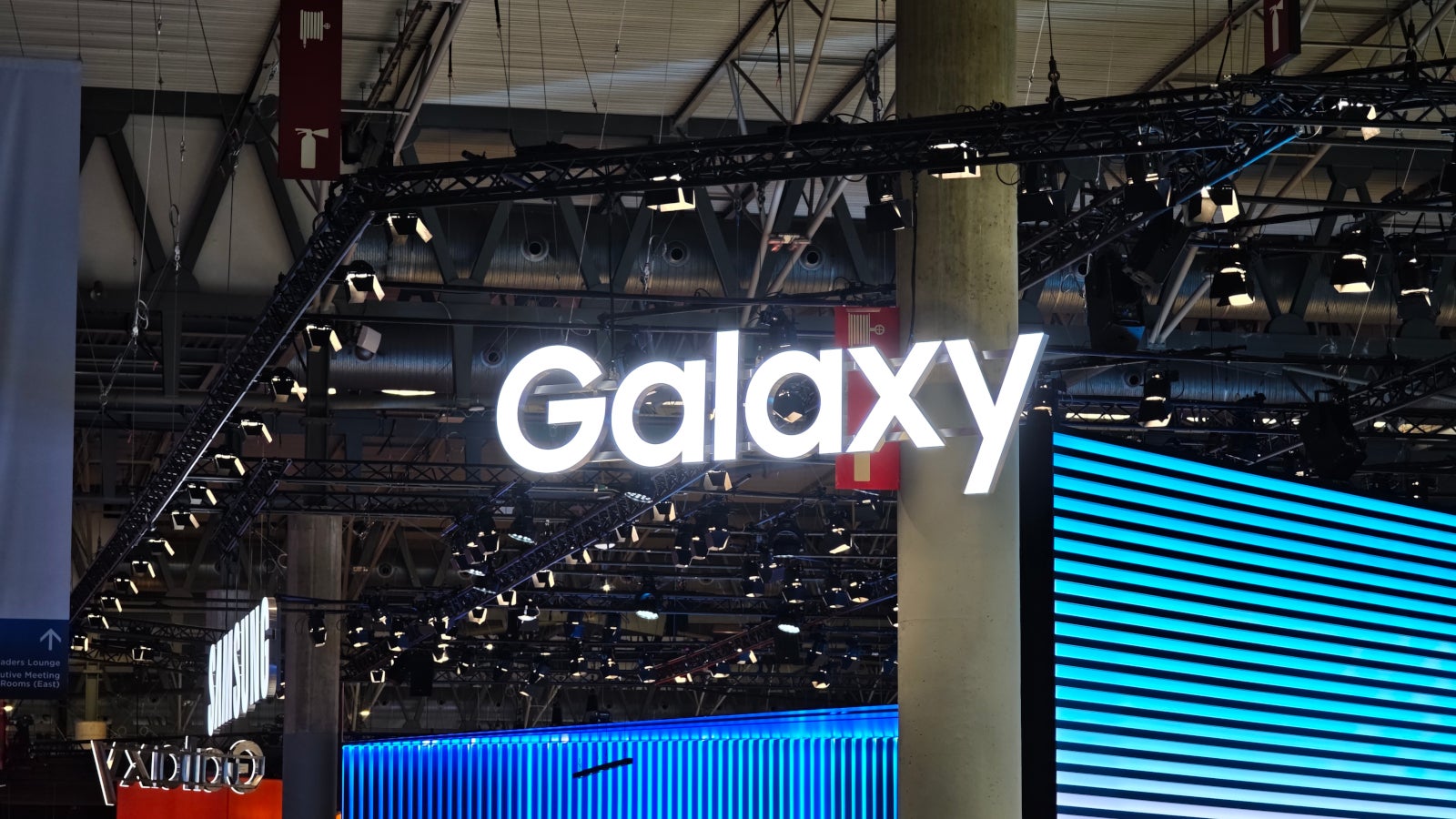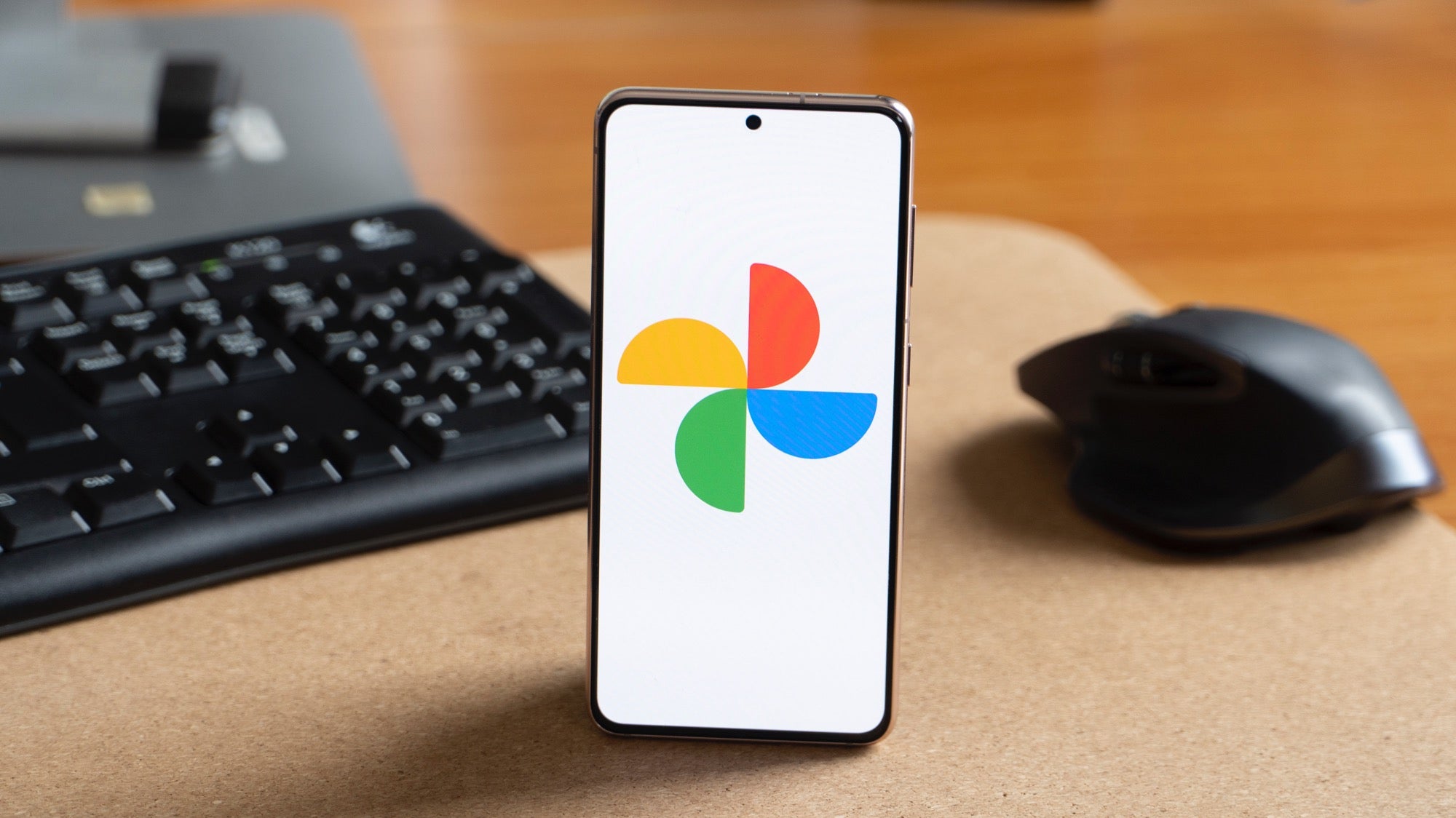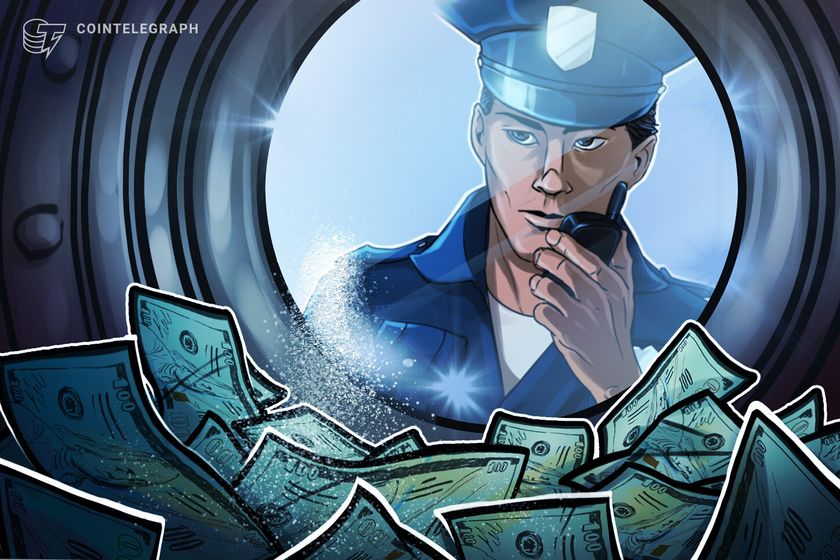Unveiling IBM Public License 1.0-rv: A Comprehensive Deep Dive into Open Source Fairness and Blockchain Implications
Abstract This post delivers a comprehensive exploration of the IBM Public License 1.0-rv. We discuss its background, core legal principles, and developer-oriented compensation measures while comparing it with other popular open source licenses like MIT, GNU GPL, and Apache 2.0. In addition, we delve into emerging blockchain integration and dual licensing aspects. The post also highlights practical examples and challenges developers face with licensing and funding. Finally, trends for future innovations in open source and fair code ecosystems are discussed, with references to key resources such as the OCTL Whitepaper and several dev.to posts. Introduction Open source licenses not only define how code is shared but also protect developers from exploitation while fuelling creativity. The IBM Public License 1.0-rv is one such instrument that strikes a balance between open collaboration and legal safeguards. In today’s landscape—where blockchain integration, developer compensation, and dual licensing are gaining momentum—the IBM Public License 1.0-rv offers an intriguing study for anyone interested in software development and legal frameworks. This post will explore the origin and evolution of the IBM Public License 1.0-rv, its core principles compared to similar licenses, and its practical implications for projects in the open source ecosystem. We will also examine challenges and limitations while looking at future innovations such as blockchain-based compensation models. Background and Context History and Definitions The IBM Public License 1.0-rv was created during a time when the open source movement was experimenting with new legal frameworks to address both the freedom of software and the fairness in commercial exploitation. Unlike more permissive licenses such as the MIT License or strong copyleft models like the GNU GPL, this license was designed to institute a structured compensation mechanism and detailed legal clauses to ensure developers receive due credit and, when possible, fair economic benefits. Key definitions in this context include: Open Source License: A legal framework granting access to source code with varying levels of freedom and restrictions. Fair Code/Fair Source: Models that aim to reward developers with fair compensation while keeping the code accessible. Dual Licensing: A model where software may be released under both an open source license and a separate commercial license. Ecosystem and Relevance In an era where technologies such as blockchain are emerging to solve problems of trust and accountability, open source licenses are evolving. IBM’s license has been historically used in projects ranging from enterprise middleware to cloud computing, protecting contributions while keeping the software open. Resources like the OSI Licenses page and community discussions on platforms like Hacker News further contextualize these developments. Many in the community compare the IBM Public License 1.0-rv with innovative frameworks such as the Open Compensation Token License (OCTL). While OCTL focuses on blockchain-based compensation, IBM’s license—although more traditional in approach—shares a similar goal of rewarding developers fairly. Core Concepts and Features Legal Robustness and Transparency The IBM Public License 1.0-rv is built with a complex legal structure intended to protect intellectual property and ensure accountability. Its legal robustness includes clauses for: Attribution and Developer Rights: Ensuring original contributors receive credit and establishing terms for commercial forks. Compensation Mechanisms: While direct monetization is limited, the license outlines indirect means such as donation-based support and potential dual licensing (though often with complexities). Dual Licensing and Developer Fairness Unlike overly permissive licenses, IBM’s license offers a gateway into a dual licensing potential where projects might maintain an open source version while offering enhanced features commercially. This is especially practical in enterprise solutions, though it often requires additional legal instruments. Blockchain and Modern Integration While the IBM Public License was designed before blockchain became mainstream, its role in protecting developers is now compared with blockchain-enabled models. Emerging models like the one described in the OCTL Whitepaper focus on integrating token-based compensation. Although IBM Public License 1.0-rv does not explicitly support blockchain, its principle of fairness makes it a subject for modern reinterpretation. Comparison with Other Licenses Below is a detailed table comparing the IBM Public License 1.0-rv with several popular open source licenses. License Compensation Mechanism Blockchain Integration Transparency Flexibility Dual Licensing Support Copyleft/Permissive Developer Fairness

Abstract
This post delivers a comprehensive exploration of the IBM Public License 1.0-rv. We discuss its background, core legal principles, and developer-oriented compensation measures while comparing it with other popular open source licenses like MIT, GNU GPL, and Apache 2.0. In addition, we delve into emerging blockchain integration and dual licensing aspects. The post also highlights practical examples and challenges developers face with licensing and funding. Finally, trends for future innovations in open source and fair code ecosystems are discussed, with references to key resources such as the OCTL Whitepaper and several dev.to posts.
Introduction
Open source licenses not only define how code is shared but also protect developers from exploitation while fuelling creativity. The IBM Public License 1.0-rv is one such instrument that strikes a balance between open collaboration and legal safeguards. In today’s landscape—where blockchain integration, developer compensation, and dual licensing are gaining momentum—the IBM Public License 1.0-rv offers an intriguing study for anyone interested in software development and legal frameworks.
This post will explore the origin and evolution of the IBM Public License 1.0-rv, its core principles compared to similar licenses, and its practical implications for projects in the open source ecosystem. We will also examine challenges and limitations while looking at future innovations such as blockchain-based compensation models.
Background and Context
History and Definitions
The IBM Public License 1.0-rv was created during a time when the open source movement was experimenting with new legal frameworks to address both the freedom of software and the fairness in commercial exploitation. Unlike more permissive licenses such as the MIT License or strong copyleft models like the GNU GPL, this license was designed to institute a structured compensation mechanism and detailed legal clauses to ensure developers receive due credit and, when possible, fair economic benefits.
Key definitions in this context include:
- Open Source License: A legal framework granting access to source code with varying levels of freedom and restrictions.
- Fair Code/Fair Source: Models that aim to reward developers with fair compensation while keeping the code accessible.
- Dual Licensing: A model where software may be released under both an open source license and a separate commercial license.
Ecosystem and Relevance
In an era where technologies such as blockchain are emerging to solve problems of trust and accountability, open source licenses are evolving. IBM’s license has been historically used in projects ranging from enterprise middleware to cloud computing, protecting contributions while keeping the software open. Resources like the OSI Licenses page and community discussions on platforms like Hacker News further contextualize these developments.
Many in the community compare the IBM Public License 1.0-rv with innovative frameworks such as the Open Compensation Token License (OCTL). While OCTL focuses on blockchain-based compensation, IBM’s license—although more traditional in approach—shares a similar goal of rewarding developers fairly.
Core Concepts and Features
Legal Robustness and Transparency
The IBM Public License 1.0-rv is built with a complex legal structure intended to protect intellectual property and ensure accountability. Its legal robustness includes clauses for:
- Attribution and Developer Rights: Ensuring original contributors receive credit and establishing terms for commercial forks.
- Compensation Mechanisms: While direct monetization is limited, the license outlines indirect means such as donation-based support and potential dual licensing (though often with complexities).
Dual Licensing and Developer Fairness
Unlike overly permissive licenses, IBM’s license offers a gateway into a dual licensing potential where projects might maintain an open source version while offering enhanced features commercially. This is especially practical in enterprise solutions, though it often requires additional legal instruments.
Blockchain and Modern Integration
While the IBM Public License was designed before blockchain became mainstream, its role in protecting developers is now compared with blockchain-enabled models. Emerging models like the one described in the OCTL Whitepaper focus on integrating token-based compensation. Although IBM Public License 1.0-rv does not explicitly support blockchain, its principle of fairness makes it a subject for modern reinterpretation.
Comparison with Other Licenses
Below is a detailed table comparing the IBM Public License 1.0-rv with several popular open source licenses.
| License | Compensation Mechanism | Blockchain Integration | Transparency | Flexibility | Dual Licensing Support | Copyleft/Permissive | Developer Fairness |
|---|---|---|---|---|---|---|---|
| IBM Public License 1.0-rv | Structured (donation-based, indirect rewards) | Legacy-era: Limited explicit support | High (detailed documentation) | Moderate (with some restrictions) | Uncertain; may require additional agreements | Partial copyleft with restrictions | Focused on safeguarding contributor rights |
| MIT License | Minimal; relies on goodwill | Not designed for blockchain | Extremely simple | Highly flexible | Supports dual licensing easily | Fully permissive | Low risk mitigation for exploitation |
| GNU GPL | Sharing requirements rather than direct compensation | Traditional legal processes only | Transparent via source archives | Rigid in modifications | Does not support dual licensing | Strong copyleft | Enforces sharing but may not reward adequately |
| Apache 2.0 | Offers compensation in terms of patents/legal safeguards | Traditional; limited blockchain focus | Comprehensive documentation | Flexible with conditions | Supports dual licensing with commercial add-ons | Permissive with patent clauses | Moderate, allows commercial forks |
Bulleted List of Key Features
- Structured Legal Clauses: Protect both the open source nature and developer contributions.
- Fairness and Transparency: Ensures clear guidelines and attribution to safeguard against exploitation.
- Dual Licensing Potential: Provides a pathway for blending open source freedom with commercial opportunities.
- Legacy with Modern Comparison: Although designed before blockchain’s rise, it serves as a benchmark for evaluating newer models like OCTL.
- Enterprise and Community Adoption: Trusted in diverse environments from IBM-scale enterprise projects to smaller community-funded initiatives.
Applications and Use Cases
Enterprise Software and Middleware
Many large organizations and middleware projects have successfully adopted the IBM Public License 1.0-rv for its clarity in safeguarding intellectual property. For example, internal enterprise tools built by IBM have utilized this license to maintain a balance between open collaboration and the need for commercial control.
Cloud Computing Solutions
Projects in cloud computing also benefit from the license’s detailed legal provisions. Its structured approach has provided clarity over contribution rights, aiding in projects that require a reliable legal framework while still fostering innovation.
Community-driven and Open Source Initiatives
Several smaller projects and open source communities find the IBM Public License 1.0-rv appealing due to its emphasis on fairness and attribution. These projects often rely on community-driven funding models and benefit from the same legal robustness that deters unapproved commercial exploitation.
For further real-world examples, check out this exploring open source developer compensation models article on dev.to, which provides insights into using licensing strategies to promote fair ecosystem practices.
Challenges and Limitations
Legal Complexity and Ambiguities
One common critique of the IBM Public License 1.0-rv is its complexity. The legal jargon and multiple layered clauses, although designed for protection, can be challenging for smaller projects or individual developers. Misinterpretations may arise when interfacing with other open source licenses, making dual licensing or integration with modern funding models complex.
Compatibility with Other Licensing Models
The IBM license may sometimes inspire conflicts when mixed with more permissive licenses such as MIT or strong copyleft licenses like the GNU GPL. These issues often arise in community discussions on forums like Stack Overflow and Hacker News.
Slow Adaptation to Emerging Technologies
Despite its robust legal structure, the static nature of IBM Public License 1.0-rv means that it has not kept pace with recent innovations such as blockchain integration. As a result, projects looking for built-in blockchain compensation models might turn to alternatives such as the OCTL for more adaptive frameworks. This limitation means that future updates or reinterpretations might be necessary to stay relevant.
Enforcement and Contributor CLAs
Another challenge is that contributions without clearly defined Contributor License Agreements (CLAs) can leave projects vulnerable to disputes over intellectual property rights. This has been an issue in many open source projects and is a necessary consideration when adopting any legal framework.
Future Outlook and Innovations
Integrating Blockchain and Tokenization
As blockchain technology evolves, there is an emerging trend to integrate tokenization models with open source licensing. Future enhancements to licenses similar to IBM Public License 1.0-rv might include provisions for blockchain-based compensation, thereby ensuring transparent, immutable records of contributions and fair payout mechanisms. Innovations discussed in the OCTL Whitepaper provide a roadmap for such integration.
Evolving Legal Frameworks
There is an increasing demand for licenses that balance legal protection with flexibility. As the digital ecosystem becomes more complex, future versions of licenses may draw upon the strengths of both permissive and copyleft models. The stability of IBM’s legacy framework is highly regarded, but updates might be necessary to address contemporary funding models, dual licensing innovations, and developer compensation challenges.
Enhanced Developer Compensation Models
With the growing interest in open source developer funding, platforms such as Gitcoin are pioneering new ways to reward contributors financially. The future may see a convergence of such models with traditional licensing frameworks, ensuring both community participation and fair monetary rewards.
Collaborative Legal Reforms
Community and corporate stakeholders are increasingly engaging in discussions about fair open source licensing. Articles like License Token: Empowering Open Source Creators—A New Era of Licensing Innovations illustrate how a collaborative approach could revolutionize software licensing practices. Such initiatives will likely influence future legal updates and foster an ecosystem that adequately balances innovation with developer rights.
Additional Resources from Dev.to and Beyond
To further enrich your understanding of open source funding, licensing, and innovation, consider exploring these related posts:
- Exploring Open Source Developer Compensation Models – A deep dive into various models that aim for fair developer rewards.
- License Token: Empowering Open Source Creators—A New Era of Licensing Innovations – An examination on how tokenization can reshape funding in open source ecosystems.
- Navigating the Complex Landscape of Blockchain Project Funding Regulation – Insight into regulatory challenges and innovations in blockchain-based project funding.
Summary
In summary, the IBM Public License 1.0-rv stands as an important milestone in the evolution of open source licensing. Its carefully constructed legal framework aims to protect developer rights and promote fairness while also allowing for enterprise expansion. Though the license faces challenges such as legal complexity, compatibility issues, and slow adaptation to blockchain innovations, its legacy serves as a benchmark for fairness and transparency.
The comparison with other licenses like the MIT License, GNU GPL, and Apache 2.0 emphasizes that while no single license is perfect, understanding these trade-offs is crucial for any project. As digital funding models and blockchain technology mature, future updates may see the integration of more modern compensation mechanisms that ensure true fairness and incentive for developers. Meanwhile, community discussions, scholarly articles, and platforms such as License Token continue to shape the dialogue around open source sustainability.
Conclusion
The IBM Public License 1.0-rv is more than just a legal instrument—it is a window into the balance between innovation and protection in the open source community. With its strong legal clauses, emphasis on transparency, and potential (albeit challenging) path to dual licensing, the license has helped shape many successful projects. However, its limitations—particularly in adapting to modern technologies such as blockchain and ensuring enforcement with anonymous contributions—suggest that future revisions may be necessary.
By understanding the core concepts, applications, and challenges associated with the IBM Public License 1.0-rv, developers and project maintainers can make informed decisions on choosing the best licensing framework for their needs. As we move forward, the fusion of open source legal frameworks with blockchain innovations promises to usher in a new era where fairness, transparency, and developer compensation are not mutually exclusive but rather mutually reinforcing pillars of sustainable software development.
Key Terms Recap:
- IBM Public License 1.0-rv: A legacy license with developer-focused protections.
- Open Source License & Fair Code: Ensuring software freedom while compensating creators.
- Dual Licensing: Balancing open source and commercial frameworks.
- Blockchain Integration: The next frontier in secure, transparent compensation models.
By remaining adaptive and embracing future innovations, the open source community is well-positioned to continue its journey toward fairness and sustainability. Happy coding and legal exploration!
For a full overview of the original article, visit the IBM Public License 1.0-rv summary on License Token Wiki.












































































































































































![[The AI Show Episode 146]: Rise of “AI-First” Companies, AI Job Disruption, GPT-4o Update Gets Rolled Back, How Big Consulting Firms Use AI, and Meta AI App](https://www.marketingaiinstitute.com/hubfs/ep%20146%20cover.png)














































































































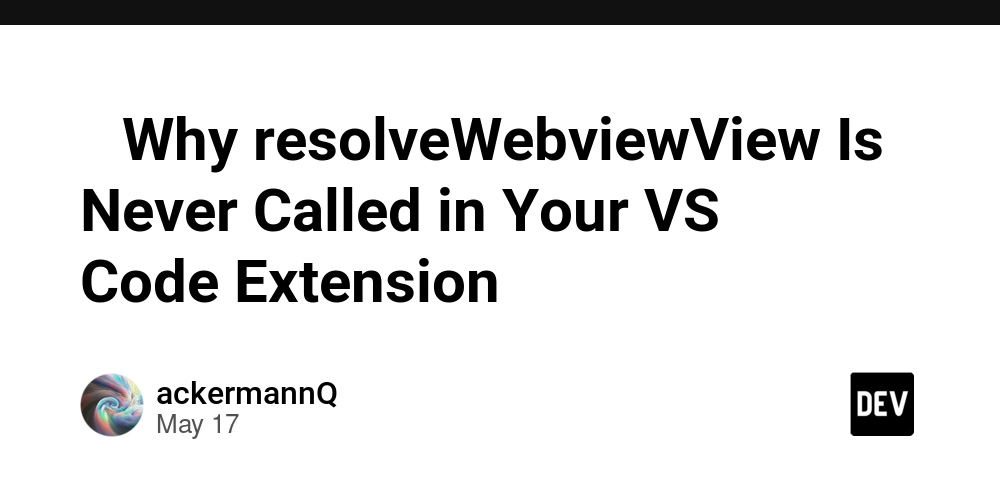
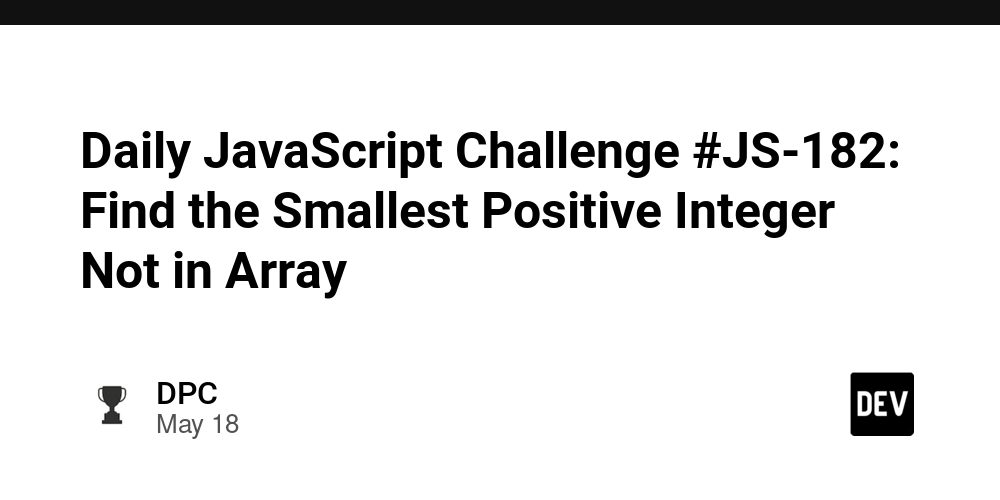











![[FREE EBOOKS] Modern Generative AI with ChatGPT and OpenAI Models, Offensive Security Using Python & Four More Best Selling Titles](https://www.javacodegeeks.com/wp-content/uploads/2012/12/jcg-logo.jpg)




![How to make Developer Friends When You Don't Live in Silicon Valley, with Iraqi Engineer Code;Life [Podcast #172]](https://cdn.hashnode.com/res/hashnode/image/upload/v1747360508340/f07040cd-3eeb-443c-b4fb-370f6a4a14da.png?#)



























































































































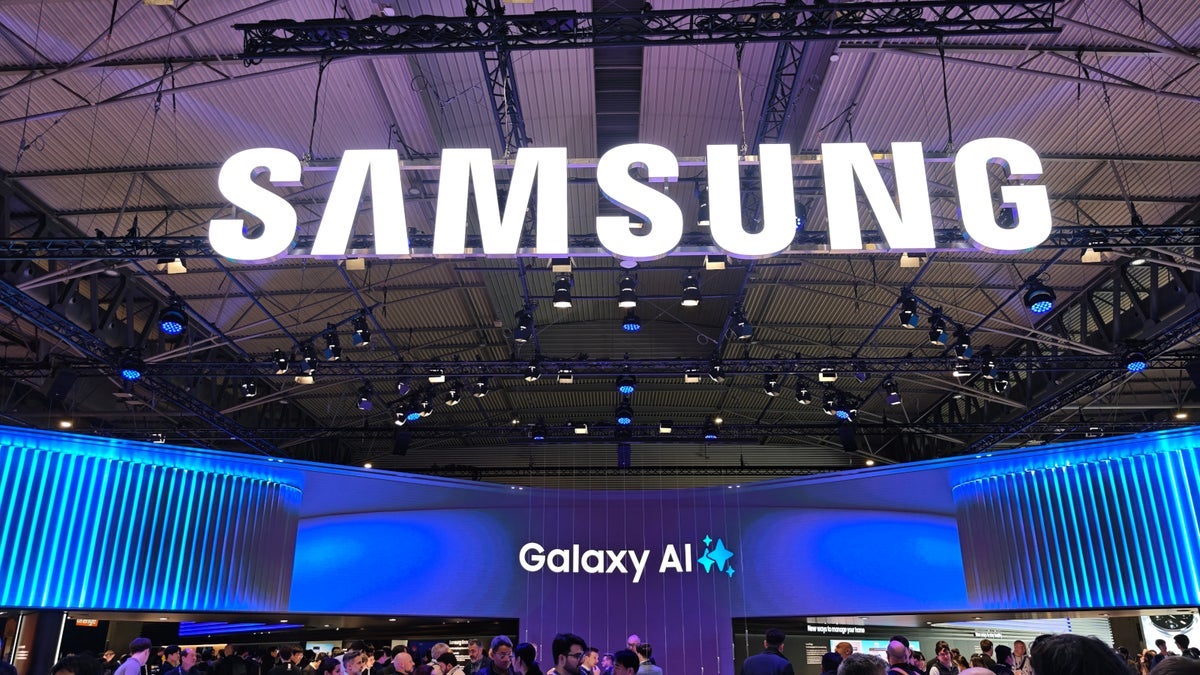
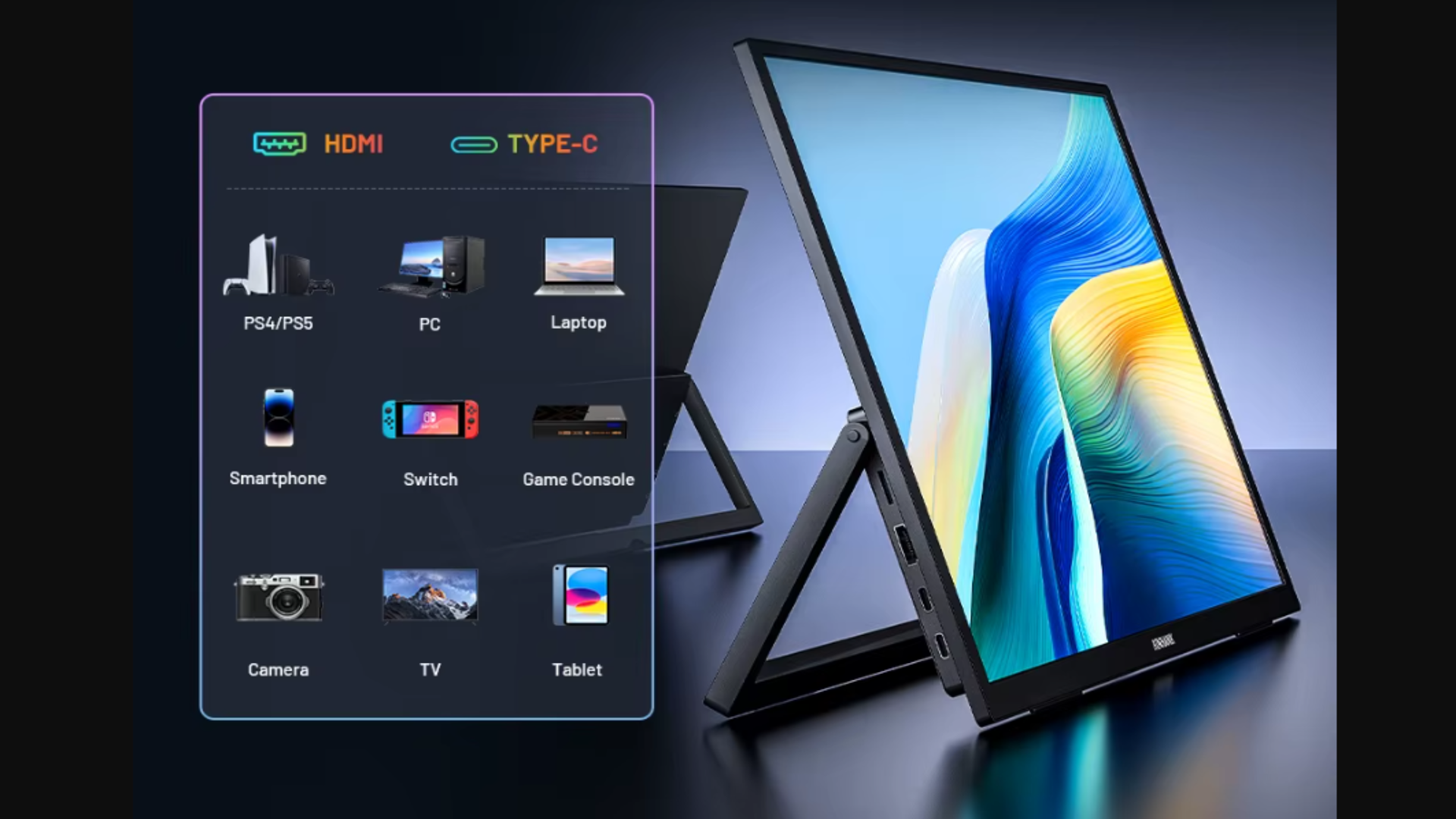













![[Virtual Event] Strategic Security for the Modern Enterprise](https://eu-images.contentstack.com/v3/assets/blt6d90778a997de1cd/blt55e4e7e277520090/653a745a0e92cc040a3e9d7e/Dark_Reading_Logo_VirtualEvent_4C.png?width=1280&auto=webp&quality=80&disable=upscale#)















































































-xl-(1)-xl-xl.jpg)
























![iPhone 17 Air Could Get a Boost From TDK's New Silicon Battery Tech [Report]](https://www.iclarified.com/images/news/97344/97344/97344-640.jpg)
![Vision Pro Owners Say They Regret $3,500 Purchase [WSJ]](https://www.iclarified.com/images/news/97347/97347/97347-640.jpg)
![Apple Showcases 'Magnifier on Mac' and 'Music Haptics' Accessibility Features [Video]](https://www.iclarified.com/images/news/97343/97343/97343-640.jpg)
![Sony WH-1000XM6 Unveiled With Smarter Noise Canceling and Studio-Tuned Sound [Video]](https://www.iclarified.com/images/news/97341/97341/97341-640.jpg)













































